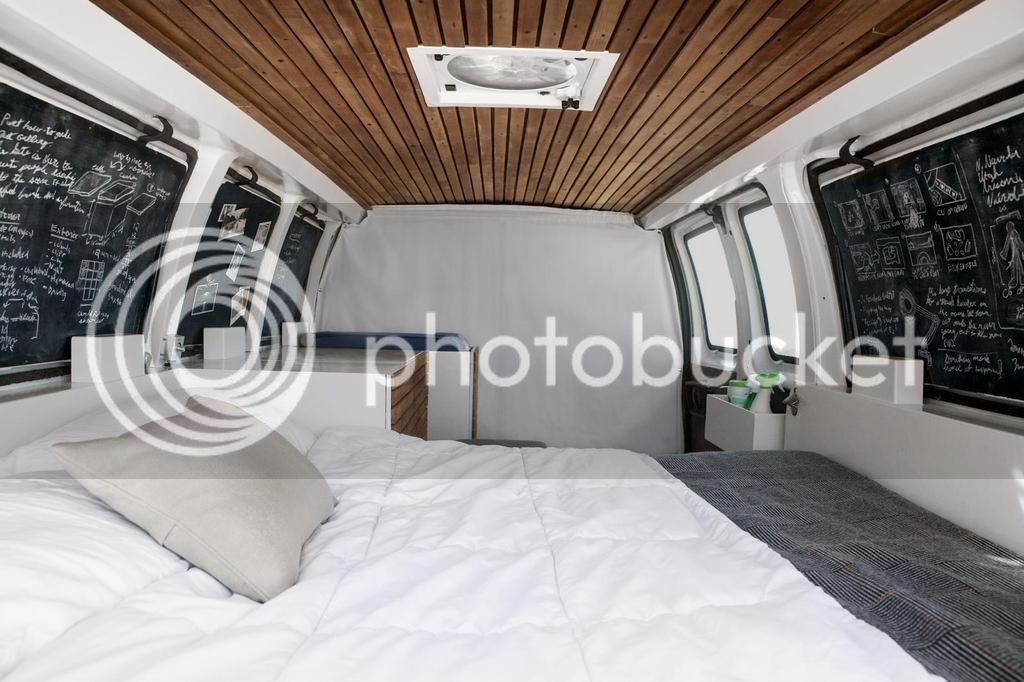Zizzer_Zazzer_Zuz
Well-known member
- Joined
- Aug 5, 2016
- Messages
- 427
- Reaction score
- 0
I have a shorty school bus. I had to remove the ceiling and insulation. I now have an aluminum skin stretched over 1 1/2 inch square supports. The supports are further divided by 1 1/2 tall U brackets.
My original plan was to affix Reflectix to the inside of the aluminum skin and then layer 1 1/2 inch foam and then tongue and groove flooring for the ceiling.
It seems that this might not be the best way to go about things and I may be just as well off suspending the Reflectix between the outer edges of the supports leaving a significant air gap and then bending sheet paneling along the curve of the ceiling.
Ultimately this would be aluminum then an air gap, then Reflectix, then the ceiling paneling.
Is this a bad idea? Is this a good idea? Will it insulate well?
If I understand correctly Reflectix against the skin of the vehicle is sort of pointless. The foam board insulation will require a lot cutting.
There are holes every 2-3 inches in the support beams. I'm considering filling the beams with Good Stuff.
I would use Reflectix tape to fit the panels in place and would use the same tape to hold them in place.
My original plan was to affix Reflectix to the inside of the aluminum skin and then layer 1 1/2 inch foam and then tongue and groove flooring for the ceiling.
It seems that this might not be the best way to go about things and I may be just as well off suspending the Reflectix between the outer edges of the supports leaving a significant air gap and then bending sheet paneling along the curve of the ceiling.
Ultimately this would be aluminum then an air gap, then Reflectix, then the ceiling paneling.
Is this a bad idea? Is this a good idea? Will it insulate well?
If I understand correctly Reflectix against the skin of the vehicle is sort of pointless. The foam board insulation will require a lot cutting.
There are holes every 2-3 inches in the support beams. I'm considering filling the beams with Good Stuff.
I would use Reflectix tape to fit the panels in place and would use the same tape to hold them in place.







